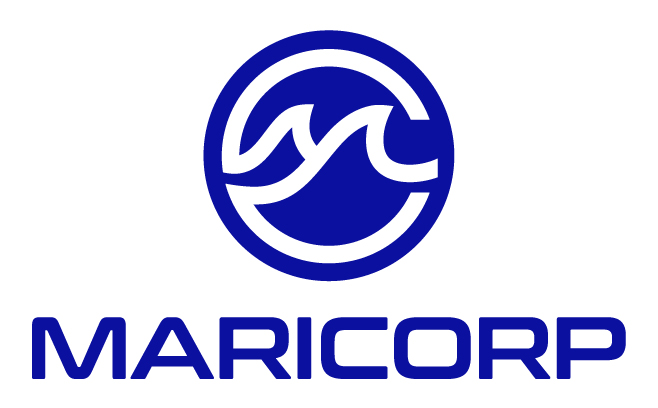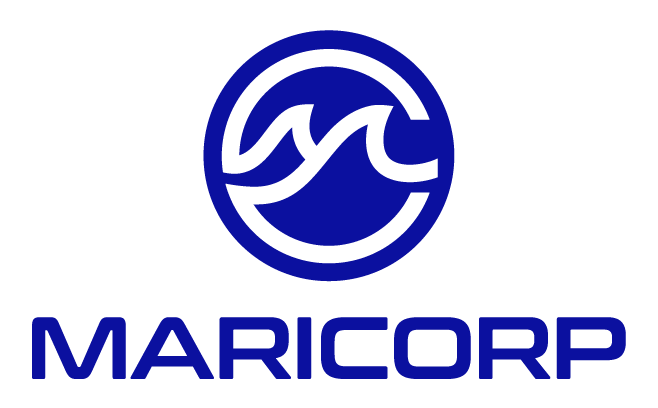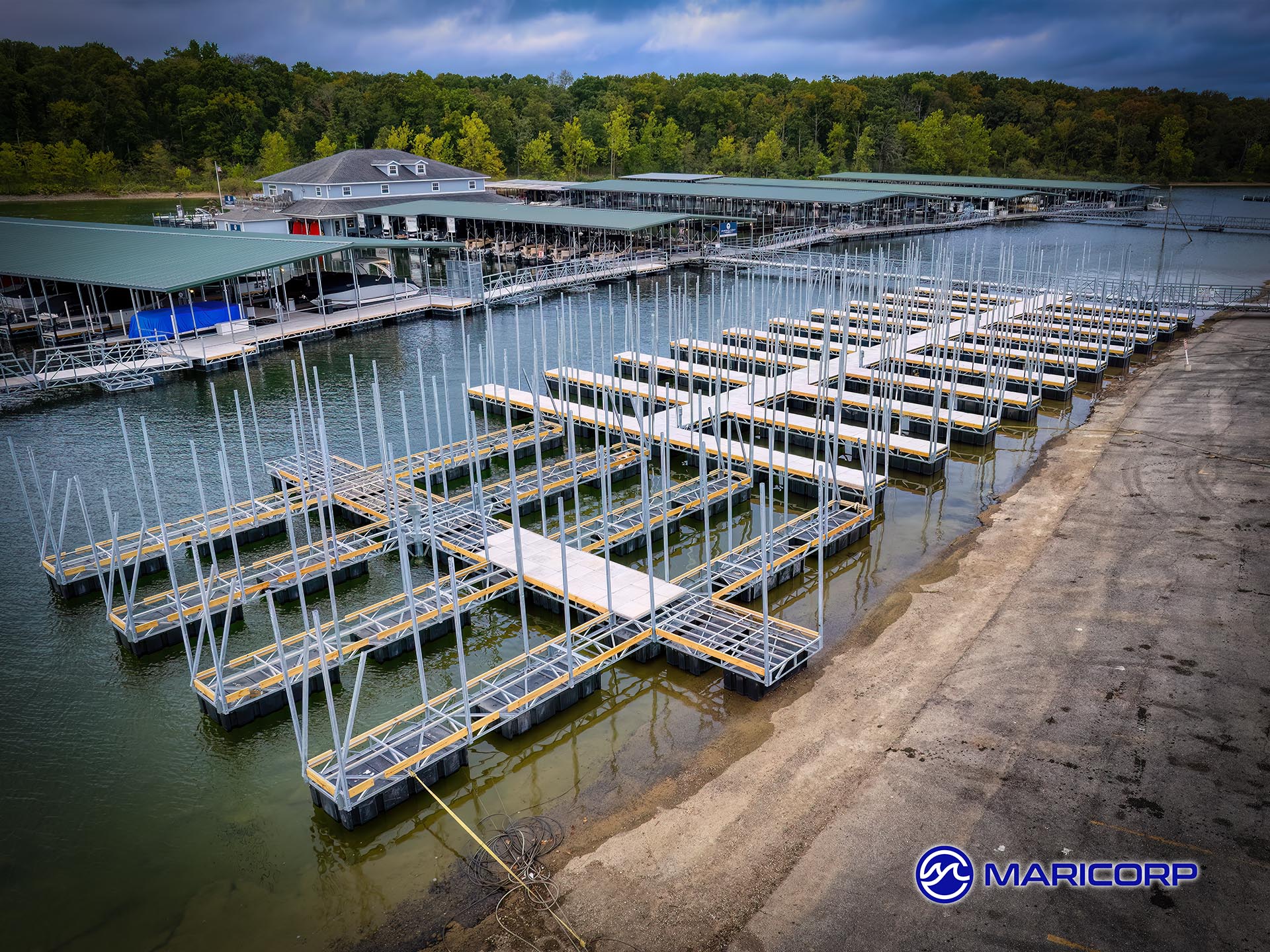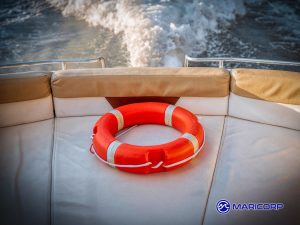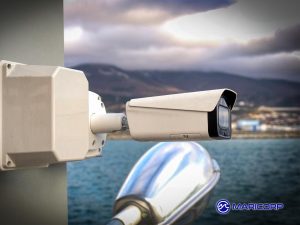Permitting Requirements – Part 3 of 6 Things to Consider When Planning a New Dock
Constructing a new boat dock, particularly in a commercial marina setting, requires thorough planning and acquiring various permits. The process is multi-layered, often involving federal, state, and local regulatory authorities, each with its own application procedures, codes, and requirements.
Don’t be lured into the attitude that completing a project and asking for forgiveness is easier. Marinas are almost always in environmentally sensitive areas, so when it comes to the construction of boat docks, authorities are serious about permitting them. Obtaining permits can seem tedious, but it is important to remember that the purpose of the regulations is to protect the environment, preserve sites of historical significance, and provide for the safety of you and your guests.
This article will outline the essential steps and considerations for navigating the permitting requirements to ensure compliance and avoid unnecessary project delays.
Engaging Regulatory Authorities Early and Often
You may recall that we encouraged you to consult with your regulatory authorities early and often in our earlier installment, Planning and Timing – Part 2 of 6 Things to Consider When Planning a New Dock. These authorities, often referred to as Authorities Having Jurisdiction (AHJ), are responsible for enforcing building codes, environmental regulations, and safety standards within a specific area. AHJs can include state and local entities, each playing a role in the permitting requirements process. Additionally, you will usually need to work with federal agencies that provide permission and permits.
Failure to handle permitting correctly can result in significant delays—potentially pushing the timeline out by months or even years. By maintaining consistent communication with the relevant authorities and following a clear permitting strategy, project owners can avoid major obstacles and ensure the smooth progression of construction.
Regulatory Authorities: Who’s Involved?
You will likely engage with various regulatory bodies when planning a commercial boat dock. At the federal level, agencies such as the United States Corps of Engineers (USACE), the United States Bureau of Reclamation (USBR), and the United States Fish and Wildlife Service (USFWS) may be involved, depending on the environmental sensitivity and location of your project. These agencies are tasked with enforcing regulations that protect water bodies, wildlife habitats, and other sensitive areas that could be impacted by marina construction.
At the state level, authorities such as the Department of Environmental Protection (DEP), the Department of Water Resources (DWR), and the Game and Fish Department (GFD) may need to review and approve various aspects of the project. These agencies oversee water quality, resource management, and the protection of fish and wildlife. This protection is vital since marinas almost always reside in sensitive ecological environments.
Local authorities are often the final gatekeepers in the permitting requirement process. Fire departments, building departments, and zoning boards must approve the project for compliance with local building codes and safety regulations. These entities may issue permits, conduct inspections, and enforce stop-work orders if necessary. Their primary concern is ensuring the construction project aligns with local codes and does not pose a safety risk or create environmental hazards.
Steps for Obtaining Permits
1. Determine What Needs to Be Permitted
While the boat dock itself is the central focus, it’s important to consider whether any land-side support facilities, such as electrical hookups, sewer connections, or parking facilities, will also require permits. The AHJs governing water-based projects may differ from those responsible for land-side construction, so identifying all aspects of the project requiring permits is essential for a smooth process.
2. Understand Documentation Requirements
Each regulatory authority will have specific documentation requirements before issuing a permit. Commonly required documents include:
– Permit application forms
– Public notice filings
– Site plans
– Preliminary or final construction drawings
– Environmental assessments
– Historical assessments
Depending on the project’s location, a conditional use permit may also be necessary. The AHJs use these documents to assess the dock’s potential environmental and social impacts and ensure the project complies with existing regulations.
3. Establish Clear Communication
Free and open communication between the marina owner, contractor, and regulatory authorities is vital. This ensures that all parties agree regarding what is needed to obtain permits and what documentation must be submitted. Contractors are often familiar with the permitting process and can help gather the required documentation. When necessary, contractors may also refer you to consultants or other professionals who can assist in the process.
In many cases, only a preliminary concept drawing is required initially. However, there are instances where complete sets of engineered drawings, sealed by a licensed professional, structural, or civil engineer, are necessary. In addition, some projects may require a letter of permission from the regulatory authority or the entity that has leased the land or waterway for the dock before construction can commence.
Post-Construction Requirements
Even after construction is complete, additional steps are needed to finalize the permitting process. These post-construction activities typically involve site clean-up, safety checks, and the provision of as-built drawings showing any deviations from the original plans. Inspections may also be required to confirm environmental compliance and adherence to safety regulations.
Once all inspections are passed and all outstanding issues are resolved, the AHJ will issue an occupancy permit. This document legally allows the dock to be used for its intended purpose and signifies the completion of the permitting process.
Successfully navigating the permitting requirement process for a new dock in a commercial marina setting requires careful planning, early engagement with regulatory authorities, and clear communication throughout the project. Understanding the roles of federal, state, and local agencies is crucial, as is identifying all aspects of the project that require permits—both on water and land. Project owners can minimize delays and ensure compliance by following a structured process that includes the timely submission of required documentation and adherence to post-construction inspections. Ultimately, a thorough and proactive approach will streamline the project and allow for a smooth progression from planning to completion, with the final occupancy permit serving as the official approval to begin operations.
No matter what form your capital expansion project takes, partnering with MariCorp US will ensure it’s on time and on budget. Speak to an expert now, call 877-858-DOCK.
Related Articles:
- United States Army Corps of Engineers Permitting
- Revenue Generator: Boat Winterizing Services
- Generate Revenues with Service Center
- Six Things to Consider When Planning a New Dock (Abridged)
- Return on Investment (ROI) – Part 1 of 6 Things to Consider When Planning a New Dock
- Planning and Timing – Part 2 of 6 Things to Consider When Planning a New Dock
*Sign up for our free newsletter “Marina Management Journal” so you can stay up to date
About MariCorp
Maricorp is one of the largest floating boat dock manufacturing and construction companies in the United States, specializing in galvanized steel floating docks and boat lift systems. With projects spanning coast-to-coast, Maricorp provides marina consultation and design, marine construction, marina repair and renovation, and boat dock disaster response and demolition.
